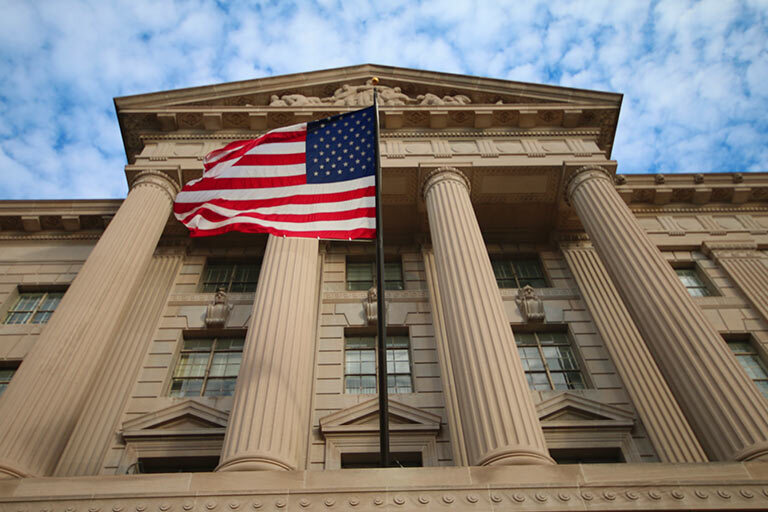The United States is on the brink of a government shutdown unless Congress approves legislation to fund operations. Without agreement, nonessential federal activities will be suspended beginning Wednesday in Washington, DC.
Although Republicans currently hold control of the House of Representatives, the Senate, and the White House, they lack the votes needed to advance the appropriations bill. With 53 Senate seats, they remain short of the 60 required for progress. Republicans have put forward a short-term spending plan, while Democrats are pushing to use the looming deadline to secure reversals of Medicaid cuts and an extension of healthcare tax credits. The standoff has left little room for compromise, raising the risk of significant economic fallout.
Federal Workforce at Risk
As the federal government remains the nation’s largest employer, the threat of furloughs and layoffs is expected to have broad effects. Agencies were directed last week to prepare notices for programs that may lose funding or be deprioritized. However, the criteria for what counts as a priority remain unclear.
Any attempt to permanently reduce staff through a Reduction in Force (RIF) faces legal hurdles. Such actions require extended notice periods, making them vulnerable to legal challenges. In the meantime, uncertainty about employment could dampen consumer spending, particularly on major purchases, as households delay decisions due to financial insecurity.
In addition to potential layoffs, more than 150,000 workers are already scheduled to exit the federal workforce following a buyout program, marking the largest workforce reduction in nearly eight decades. Workers deemed nonessential would also face temporary furloughs until Congress acts on funding.
Delayed Economic Data
A shutdown would also disrupt the release of vital economic reports. The Labor Department is due to publish weekly jobless claims on Thursday and the monthly employment report on Friday. Both could be delayed if the shutdown proceeds.
The broader labor market has already shown weakness, with job growth slowing in recent months. In August, only 22,000 jobs were added, reflecting a cooling trend. The Federal Reserve, which recently cut interest rates in response to softer conditions, could face additional challenges if access to labor data is postponed. While a short delay may not immediately hinder policy decisions, the broader uncertainty adds pressure at a time when the economy is already fragile.
Broader Economic Risks
Experts warn that the current situation differs from earlier shutdowns. In previous instances, the economy was either performing strongly or steadily recovering, which limited the damage. Today, conditions are more vulnerable: the labor market has weakened, inflationary pressures persist due to tariffs, and consumer sentiment is fragile.
Markets, however, have so far reacted calmly, with the Dow Jones, Nasdaq, and S&P 500 showing only marginal gains ahead of the potential shutdown. Historically, investors have viewed shutdowns as temporary disruptions with limited long-term impact. Yet concerns remain higher this time, as the possibility of permanent job cuts coincides with broader economic headwinds.







